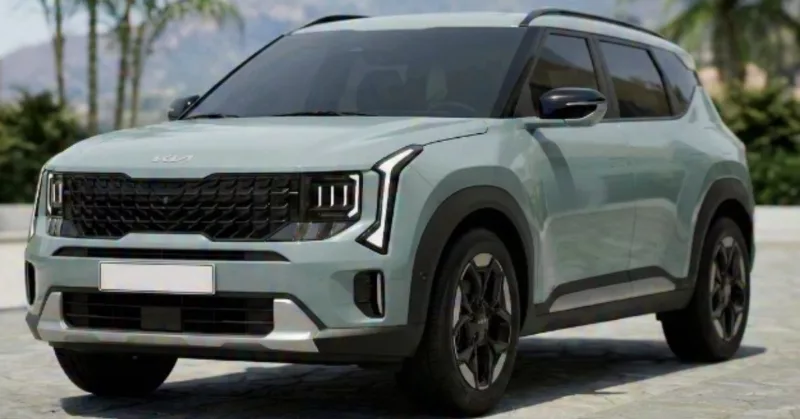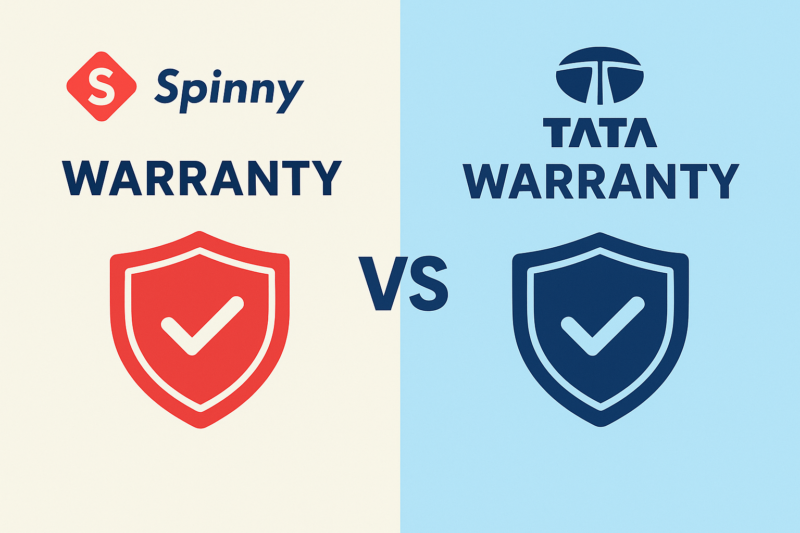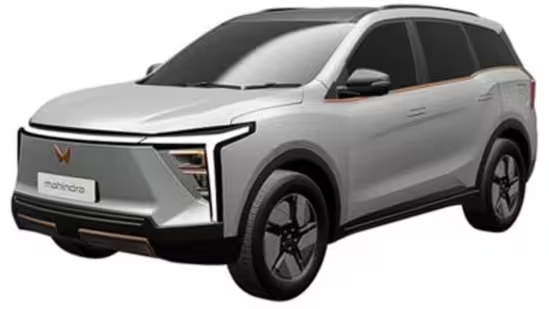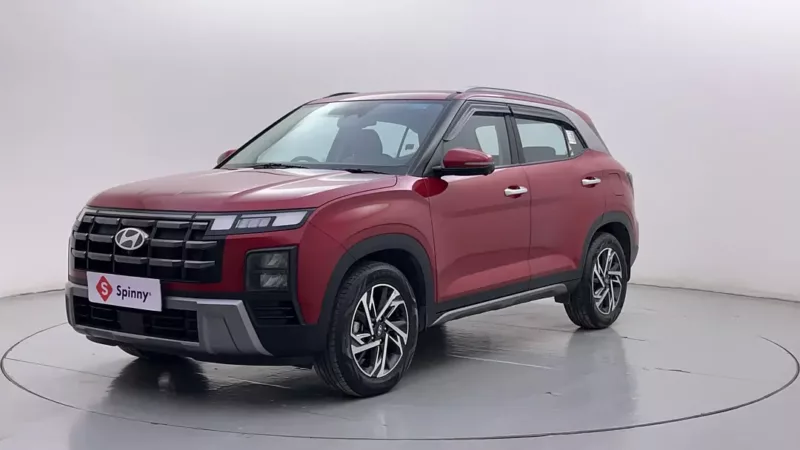Let’s face it, road rules in India are not followed the way they should be and while there are laws for everything on the road, its implementation is something that is still in progress. But apart from road laws and rules there are some road etiquettes that need to be followed to make driving a better experience for everyone. Let us tell you about 10 essential Indian road rules to make driving more satisfying.
High Beam Rules
![]()
Did you know? High beams can only be used in areas with low traffic or at places with low traffic. In cities and crowded areas, driving with low beam is recommended as it helps oncoming drivers have a better sense of the road. Using high beams on crowded roads dazzles the eyes of the oncoming driver and reduces their vision for a moment. This is enough to cause an accident and harm life. When on the highway, if you see an oncoming car it is better to lower your beam, or signal them to lower theirs. If you are behind a car, then switch to low beam as the reflection from the mirrors is also capable of causing a blinding flash.
Right of Way
![]()
Right of way is the right of a vehicle to pass through a path in any given condition, and surprisingly not many drivers are familiar with it. Most accidents happen because of the confusion involved in giving the right of way. Take a look at Right of Way rules in India:
- Pedestrians always have the right of way while crossing a road on the zebra crossing, you should take extra care while driving to ensure their safety.
- At any intersection, vehicles coming on your right will have the right of way. Right is always right!
- Always give way to fire engines, ambulances by moving towards your left.
- At T-intersections the vehicle travelling on the road that ends must give way to any vehicle traveling on the road that continues, right or left doesn’t apply here.
Hill Driving
![]()
Pleasant scenery, winding roads and an unforgettable experience is what you get when driving through the mountains. While driving in the hills is enjoyable there are some rules that you should be aware of. On mountain roads, any vehicle coming uphill has the right of way and you should move to the side and let the vehicle pass.On the other hand if heavy vehicles like trucks or buses are coming downhill it would be wise to let them go first as these have a lot of weight and large turning radiuses. These large vehicles are often harder to control on mountain roads and it is often in your interest to give them space.
Pedestrian Crossing
![]()
As mentioned previously pedestrians have the right of way when on a pedestrian crossing. However, while stopping at a red light, it is expected to keep the pedestrian crossing free and stop ahead of the crossing. Other than that it is necessary to slow your vehicle down if you see pedestrians crossing the road or anywhere on the road.
Overtaking
![]()
While overtaking is essential to get ahead of slower cars, we have seen several instances where erratic drivers have overtaken unsafely and endangered other drivers. There are essential rules you need to know when overtaking.
- Always overtake from the right: India drives on the right hand side so it makes sense to overtake from the right side. The driver will know you are approaching and give you maximum space to pass.
- Do not overtake on a turn: Overtaking on turns is a strict no-no as the overtaker can’t predict what lies after a turn. If you can’t see the road 150 meters ahead of you when overtaking, it is better to overtake on a straighter road, where you can see ahead
- Do not overtake a stopped vehicle: When approaching a stopped car, slow your car down to check if there are hurdles on the road. This holds true when overtaking stopped trailer trucks. Suddenly stopping your car for no rhyme or reason is also dangerous both for you and the car behind you, so make sure you do so after checking your surroundings.
- Do not overtake at an intersection: An intersection is always unpredictable and overtaking doubles the risk. Slow your car down, check and then move forward.
Cyclist & Motorcyclist
![]()
Road rules apply to them as well, it is mandatory for motorcyclists to wear helmets and we recommend the same for cyclists as well. It is legal for two cyclists to ride side by side, but not for motorcyclists. Some motorcycle rules:
- Only one pillion rider is allowed provided there is space for them. If you see more than that then they are flouting the rules and putting lives at risk.
- It is illegal to seat or stand anyone at the front, not even children. This poses a great risk in the event of hard braking as the front seated individual can be thrown away.
- Even goods cannot be carried on two wheelers as this may cause the vehicle to lose balance and cause an accident.
Rules for Carrying Goods in Private Cars
![]()
While commercial goods can be transported only in commercial vehicles, goods intended for private use, however, can be transported in private vehicles. If a cop halts you for carrying a new TV set, just show him the bill with your name on it and you are good to go.
Road Lines
![]()
Apart from designating the lanes on the road, the different types of lines you see while driving have different meanings attached to them.
- Broken White Line: This line is usually seen on all roads. It means that you are free to overtake or cross the line under favourable circumstances, that usually means there is no other oncoming vehicle on the road.
- Continuous White Line: You cannot cross this line or overtake when driving on this section of road. Crossing is only acceptable to avoid accidents or taking turns. This type of line is found mostly on roads in hilly areas.
- Continuous yellow line: You cannot cross this line as well, but you can overtake provided you do so without crossing the line. These lines are found on roads in areas that have low visibility, emphasising the need to be on one’s side of the road.
- Continuous Double Yellow Line: The double yellow lines do not permit overtaking, lane changing or even turns. These can be found in high risk areas, where the probability of accidents is high.
- Broken Yellow Line: Like the broken white line you can overtake, change lanes and even take turns provided it is safe to do so.
Parking Rules
![]()
All of us are pretty wary of what happens if we park in the no parking zone, but there are some parking rules that need to be followed beyond that. These are:
- Do not park your car near a road crossing as your car will be obstructing traffic and at risk of collision at these places. Secondly your car will be blocking traffic, which inconveniences other drivers and could lead to your car being towed.
- Do not park on the top of a hill as rolling back is something that is inevitable. Park in an area with less incline or gradient.
- Do not park in front of an already parked vehicle so as not to obstruct its movement. Also, do not park in front of an entrance to a hospital, or a school. In case you do, be prepared for your car to be impounded.
Horn Rules
![]()
Let’s be honest, we Indians love and hate horns. This can be heard from truckers bellowing Bollywood songs from their horns or motorcycles emitting car-like horn sounds. Keeping in view the nuisance horns can make; Union Transport Minister Nitin Gadkari has mentioned about passing a law that will bring uniformity to the sound of horns. Here are some horn rules for you.
- Horns are to be used only when necessary and only when others need to be made aware of your presence.
- Horn sounds shouldn’t be more than 95 decibels. If the sound crosses this threshold vehicle owners are liable to pay Rs. 2000 fine. In the event of a repeat offence, the fine increases to Rs. 4000
- Blaring horns in silence zones is prohibited.
FAQs
Q. What are some essential traffic rules in India?
Among the main traffic rules include following right of way at intersections, driving with low lights in congested areas, and allowing safe passage to pedestrians at crossings.
Q. Should I overtake from the left or right in India?
According to traffic rules, one must always overtake from the right to guarantee a predictable and safer movement for other drivers on the road.
Q. What is the rule for using high beams on Indian roads?
Use high beams only in low-traffic areas or highways. In crowded areas, it’s better to switch to low beams to avoid dazzling other drivers.
Q. What are the overtaking rules on turns and intersections?
Never overtake on a turn or at intersections. Follow proper overtake rules and wait for straight, clear roads with good visibility when looking to overtake a vehicle.
Q. How can I safely overtake other vehicles on Indian roads?
Always overtake from the right, check road visibility ahead, and avoid overtaking at turns, intersections, or near stopped vehicles.
Q. What should I do if a vehicle behind me uses high beams?
Signal them to lower their beams by briefly flashing your lights.




